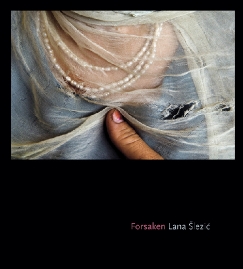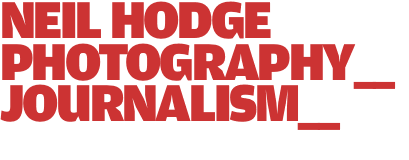Site created by Amplitude. |
||
Forsaken review
Forsaken, Lana Šlezić – Mets & Schilt
Forsaken is a collection of photographs on women in Afghanistan by award-winning Canadian-Croatian photographer Lana Šlezić.
In March 2004 Šlezić went to Afghanistan on assignment and ended up staying for two years. At the time she believed that the ousting of the Taliban in 2001 had resulted in Afghan women and girls being able to live under considerably less oppressive conditions. She soon discovered that that was not the case and decided to document their plight.
With the help of a young female Afghan as her friend and translator, Šlezić photographed women all over the country and found that Afghan women are still living in a harrowingly oppressive society where forced marriage, domestic violence, honour killings, and an unpalatable lack of freedom still exist. Six years after the US-led invasion, many women are still not allowed to leave their homes or go to school, and the burka remains a common sight on the dusty streets of the war-torn country.
Forsaken is Šlezić’s first book and it is well worth looking at as there are excellent compositions throughout. Šlezic also shows an excellent eye for colour, in particular in the spread showing a group of young girls studying the Koran sat on a black and white tiled floor, and the colourful checkered tile backdrop of the woman praying.
But Šlezić also shows the harsh realities that these women are living under. Not only does she show the wreckage of the houses and camps that these people are forced to live in, she also focuses on spousal abuse. One picture shows Shaima – a television host at a popular TV station in Kabul – being prepared for burial after being shot in the head. Her brothers were held for her murder on suspicion of carrying out an “honour” killing for her liberal views, but were later released.
Another portrait shows Zahra, who at the age of 20 was horrifically scarred around her neck and torso after dousing herself in cooking oil and setting herself on fire. She spent three months in hospital recovering. The following picture shows the lone hand of a patient in the burns unit at Heart hospital trying to reach for a glass. Šlezić says that immolation is one of the main avenues of escape from abuse for Afghan women.
While many photographers have documented the role of the US-led armed forces within Afghanistan, as well as the role of the Taliban, relatively few have concentrated entirely on the civilian population. This book is a noteworthy example.
“While many photographers have documented the role of the US-led armed forces within Afghanistan, as well as the role of the Taliban, relatively few have concentrated entirely on the civilian population”

